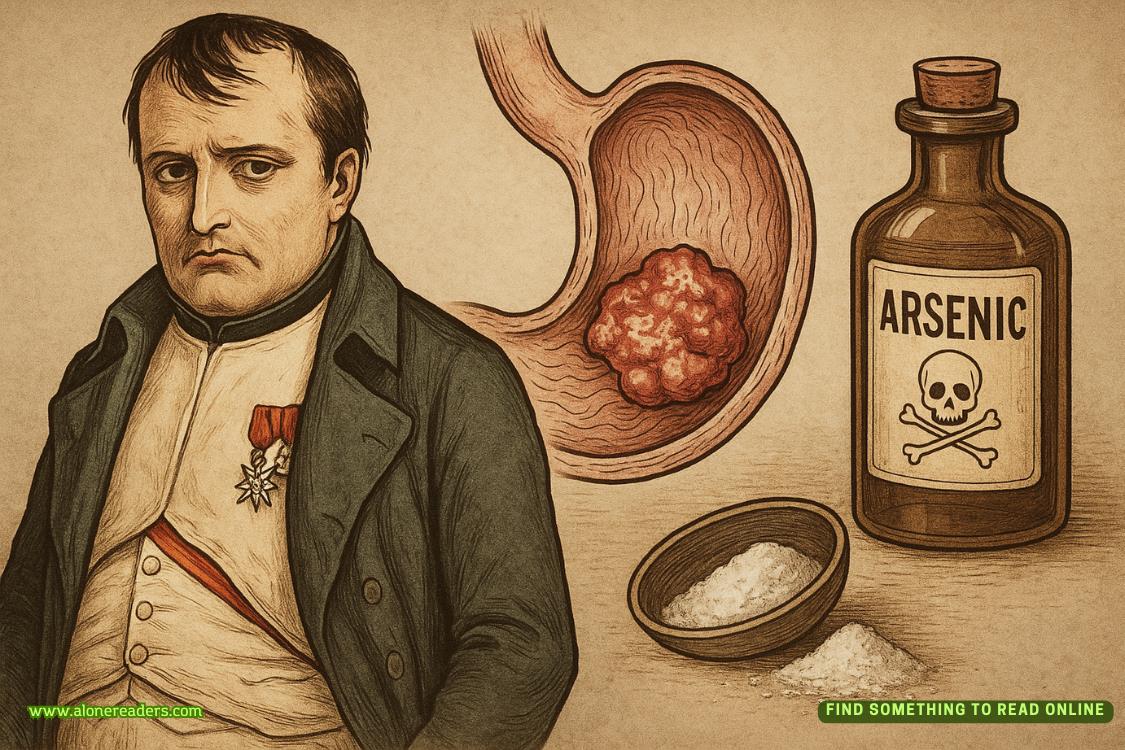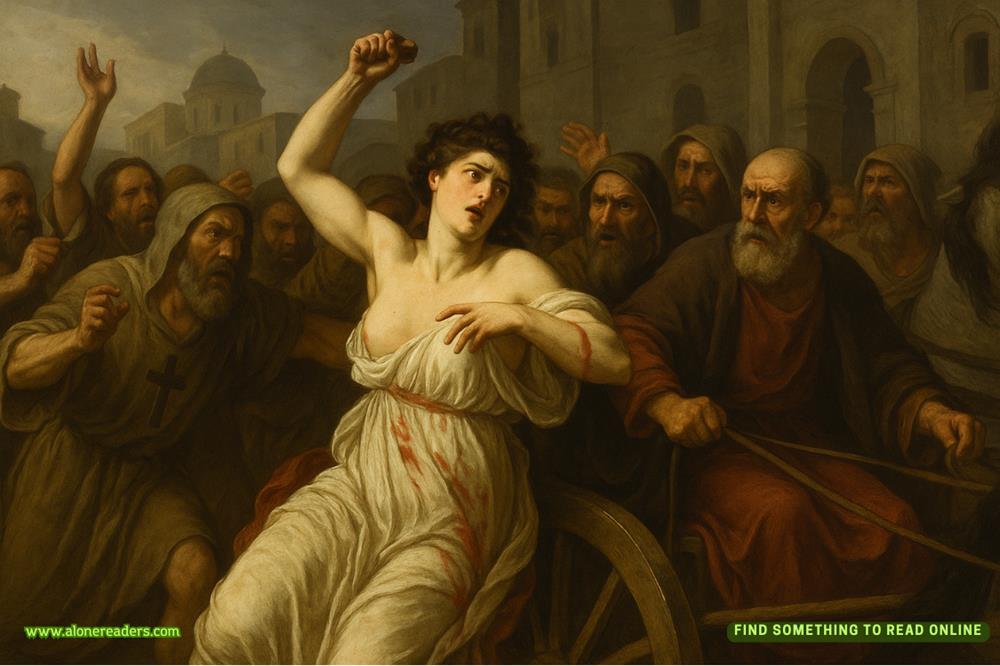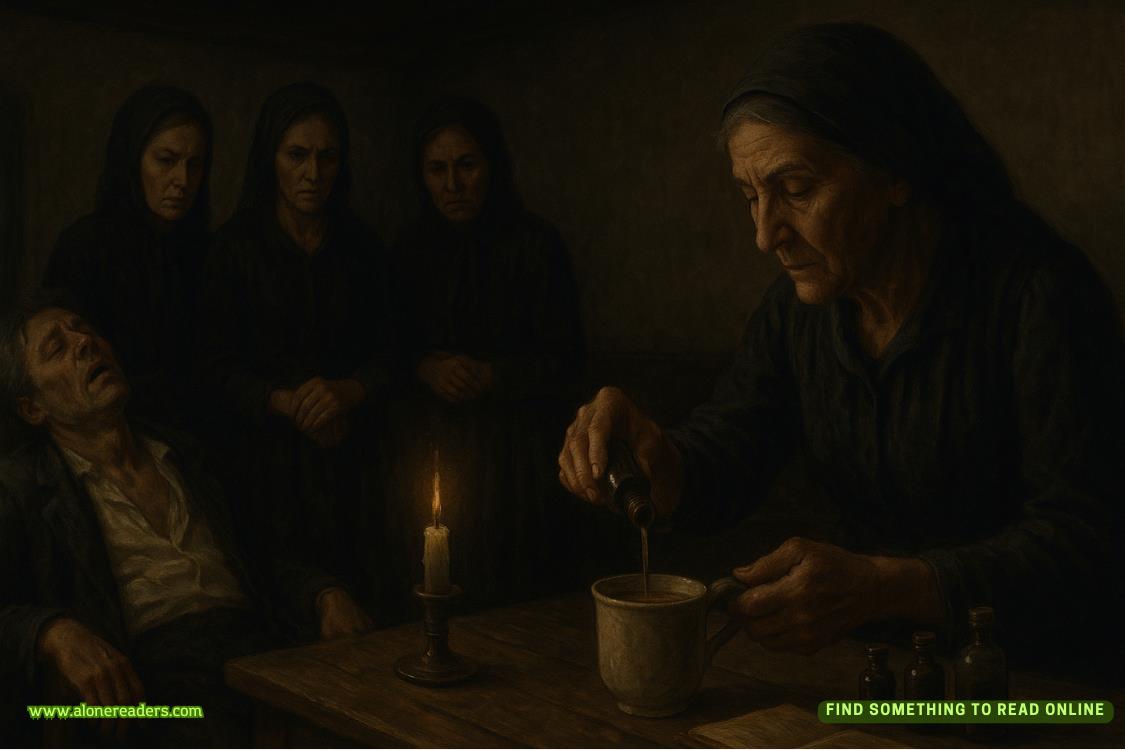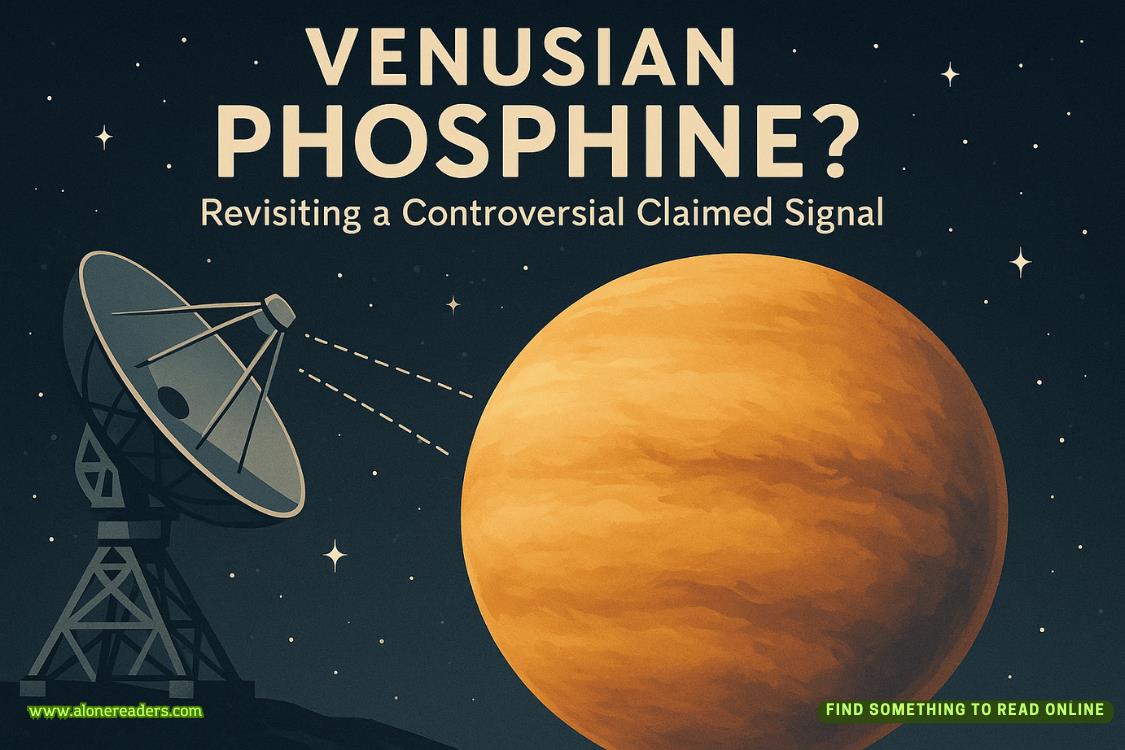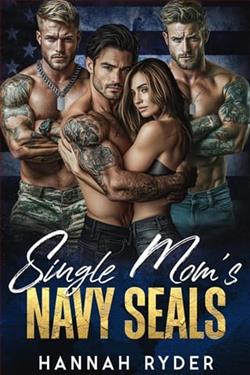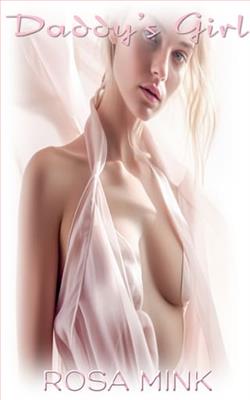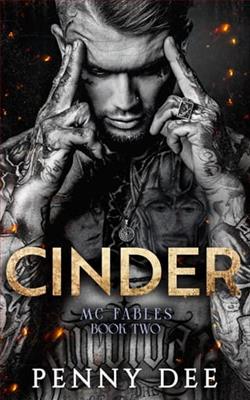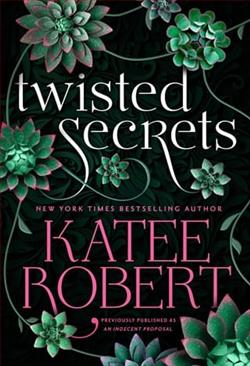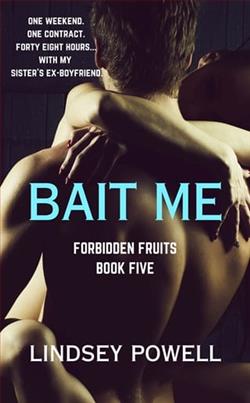Page 36 of Love is a Game
And she worked in a boring office setting. Where on earth did my mother find contrast in her life—access something vibrant, special…or uplifting?
Our next stop is a souvenir shop. But instead of mass-produced tourist trinkets, it showcases local artisans’ work: handcrafted jewelry, woodcarvings, paintings, and homewares.
As we pass by a jewelry workshop, Misha abruptly beelines to a display of brooches.
“Love!” She holds up a vivid red heart with an intricately embroidered eye at its center—surreal and mesmerizing, like something pulled from a Dalí painting.
“Do you actually wear brooches?” I ask, having always associated them with old women. My grandmother had a cameo brooch with an ivory-toned carving of the Virgin Mary that she wore to church.
Misha studies the unusual piece, turning it over thoughtfully in her hand. “You know, brooches can actually be provocative. Designs like this one have an intriguing history.
“Not like your evil-eye bracelet, warding off bad spirits, but as a romantic gesture.” She raises a perfectly pencilled eyebrow. “Back in the 18th century, the Prince of Wales sent a brooch with a painting of his eye to his lover. It even had tiny diamondtearsbeneath it.”
She gives a rueful smirk. “Didn’t work, though. She was Catholic and wouldn’t marry him. But the whole thing kicked off a trend—people started exchanginglover’s eyeminiatures.”
“Really? I had no idea.” I sift through the collection, pausing on a quirky Frida Kahlo piece, complete with monobrow. “I never really thought of jewelry as anything more than, you know, decoration.”
Misha stares at me. “Oh, babe. Jewelry has been a power move for centuries—sending coded messages. Even more recently, with our ex-Secretary of State, Madeleine Albright.”
“Oh, yeah?”
“Totally. She had this whole system,” Misha assures me. “When she was dealing with difficult people, out came the crab brooch. And when the State Department found out the Russians had bugged their offices, Albright pinned a huge jeweled insect to her chest for a meeting with the Russian foreign minister. And my favorite—when Saddam Hussein’s regime called her ‘an unparalleled serpent’,she greeted Iraqi officials wearing a golden snake pin.”
I laugh. “Okay, that’s iconic.”
“Right?” Misha grins. “Some next-level shade.”
She replaces the brooch and picks up a gold dove pin. “That’s the thing about design, whether it’s jewelry, costumes, or everyday wear. The real power isn’t just in how something looks, but in what itsays. What it means to the person wearing it.”
She glances at her reflection in the countertop mirror. “That’s why I always dig into a character’s backstory when I’m designing for the stage. If the script is a little light on some characters, I fill in the gaps—imagining the history, the colors, the textures of their life. Because the right detail can give so many unspoken insights.”
I nod, absorbing the thought, mentally cataloging the style of various people in my life.
My usual social scene is all about chic, edgy, or expensively tailored ensembles. But in other walks of life…for people who put much less effort into their appearance, who dress out of necessity or comfort rather than aspiration—even that says something, doesn’t it? It’s a reflection of who theyperceivethemselves as being.
I suppose Misha’s point is that, with the right perspective, you can trace a person’s story through their clothing. It’s notjustclothing. It’s their history, personality, and sometimes, their unspoken truths.
And the simple blue dress Mom chose to be buried in, what does that hint at? It’s unobtrusive. Simple. Perfectly unremarkable. Like something off a mid-range department store rack, never made to leave an impression. Does she want to blend in, even in death?
Yet, she planned a whole funeral. A full-fledged event.Why? She spent years keeping a low profile in Blue Mountain Lake, even avoiding parent-teacher meetings when there was no real reason she couldn’t go. I knew better than to expect her at my graduation in New York. So I skipped it, too. What was the point of all that ceremony when even my own mother couldn’t be bothered to show up?
But now, a big church service? With barely enough people to fill a pew? The thought is unbearable. Why not just a simple graveside service and be done with it?
I keep browsing, and on a whim, pick out a butterfly pin. It has an antique vibe, and its tiny, intricate details are as weightless and iridescent as the real thing. Meanwhile, Misha gets enthralled with an array of pendants from a brand called The Fifth Element.
“I’m a water sign.” She flashes a silvery-gray triangular design edged with gold. “So I’m going to pair this water symbol with the fire one to represent Steven. You know he’s a firefighter, right?” She grins, holding up the two pendants. “How apt is that?”
We go to make our purchases, and as I step aside for Misha, I notice a poster:
“HELP NEW MOMS & BABIES IN NEED!
Safe Haven Newcombe is collecting donations to support mothers and babies.
Two Ways to Give:
~Shop Online:Scan the QR code below to purchase a New Mom Care Kit or a Baby Essentials Kit from our Amazon Wishlist—items are sent directly to the shelter.
~Drop Off Donations:Bring new baby and maternity essentials to Feldman & Associates [17 Main St. Newcombe] during business hours.
